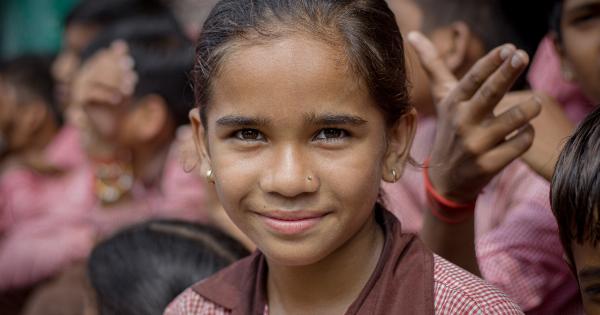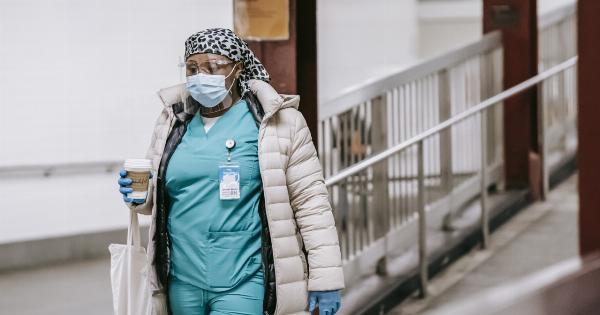Unfamiliar people on the streets can cause a sense of uneasiness and fear, especially at night.
It is a common problem for many cities, but it is important to remember that those unfamiliar people are often individuals experiencing homelessness and poverty. Rather than simply pushing them out of sight, it is important to consider alternative solutions to reduce their numbers on the streets.
1. Providing Affordable Housing
One of the primary reasons people end up on the streets is lack of affordable housing. Many individuals simply cannot afford the rising rental prices in cities, particularly if they are already experiencing poverty.
By providing affordable housing options, we can reduce the number of people experiencing homelessness, and therefore reduce the number of unfamiliar faces on the streets.
2. Creating Job Opportunities
Employment opportunities can help people lift themselves out of poverty and homelessness. By providing training and employment opportunities, individuals can increase their income and achieve greater financial stability.
This can reduce the number of unfamiliar people on the streets by providing them with the means to afford housing and basic necessities.
3. Offering Mental Health and Addiction Support
Mental health and addiction issues can be contributing factors to homelessness.
By providing support and treatment for these individuals, we can help them regain control over their lives and reduce the likelihood of them ending up on the streets in the first place. This can ultimately reduce the number of unfamiliar faces on the streets.
4. Investing in Public Transportation
Lack of transportation can be a major barrier for individuals seeking employment, healthcare, and other basic necessities.
By investing in accessible and affordable public transportation, people can more easily access the resources they need to get back on their feet. This can help prevent homelessness and reduce the number of people on the streets.
5. Collaborating with Community Organizations
Collaborating with community organizations can help address the root causes of homelessness and poverty. By working together, we can create a more holistic approach to reducing the number of unfamiliar people on the streets.
Community organizations can provide support services, advocacy, and resources that can help address the overarching issues contributing to homelessness and poverty.
6. Promoting Impactful Policies and Legislation
Policy and legislation can have a significant impact on homelessness and poverty.
By advocating for policies and legislation that support affordable housing, employment opportunities, mental health and addiction support, and public transportation, we can create a more supportive environment for individuals experiencing poverty and homelessness. This can ultimately reduce the number of people on the streets.
7. Investing in Education and Training
Education and training can be powerful tools to empower individuals and provide them with greater opportunities for success.
By investing in education and training programs, individuals can increase their skills and knowledge, and ultimately increase their income potential. This can reduce the likelihood of them experiencing homelessness and reduce the number of unfamiliar faces on the streets.
8. Providing Emergency Assistance
Emergency assistance can provide individuals experiencing homelessness with immediate support and resources. This can include access to shelter, food, clothing, and other basic necessities.
Providing emergency assistance can help prevent individuals from ending up on the streets in the first place and reduce the number of unfamiliar faces on the streets.
9. Focusing on Community Policing and Safety
Collaborating with law enforcement to focus on community policing and safety can help reduce crime on the streets and make individuals feel safer.
This can be particularly important for individuals experiencing homelessness and poverty, who may be more vulnerable to crime. By creating a safer environment, we can reduce the number of people on the streets.
10. Promoting Social and Economic Equity
Social and economic equity is critical for reducing poverty and homelessness. By advocating for policies and programs that promote equity, we can ensure that everyone has access to the resources and opportunities they need to succeed.
This can help prevent homelessness and reduce the number of unfamiliar faces on the streets.






























